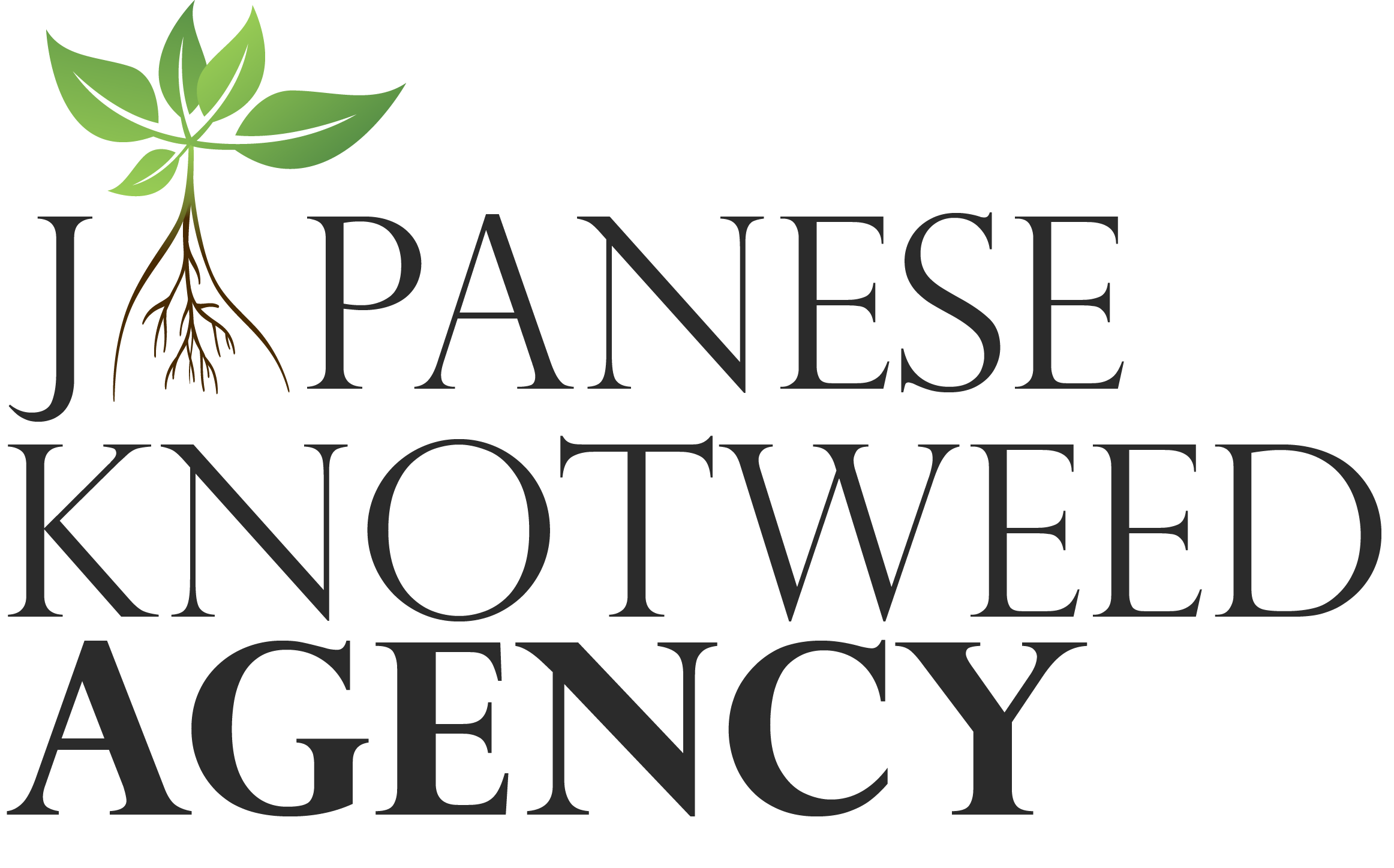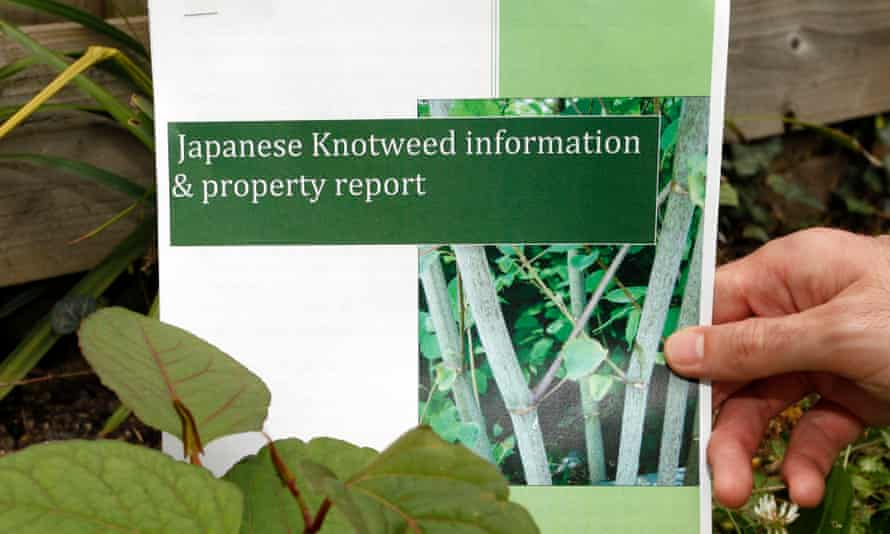Over the last decade, Japanese knotweed has developed a reputation for being one of the most aggressive, invasive plants to be currently blighting the country. However, despite the plant’s fearsome reputation, there can still be some confusion as to what it actually does. This article will explain what Japanese knotweed does from two perspectives: environmental and financial. The examples cited here should be considered within the larger context of Japanese knotweed cases, this plant can thrive in all sorts of environments, but no single infestation is the same.
What are the environmental impacts of Japanese knotweed?
Japanese knotweed has a number of physical characteristics which has made it particularly troublesome in the UK, chief of these is the incredible speed that it grows at. Whilst it does die back during winter, its peak growth during the summer can see it growing up to 20cm a day and 1.5 metres in the space of a week. Coupled with its incredible resilience, it’s unsurprising that the government has labelled Japanese knotweed as an invasive threat
Not only does Japanese knotweed grow fast, but it also spreads at an alarming rate. Although the plant does not propagate in the usual fashion in the UK (only the female of the species was imported to Britain in the 19th century), it spreads via an underground root system, comprised of rhizomes. Not only are these roots fast-growing, but they’re also capable of growing from the smallest of fragments, which was one of the driving factors behind the government making it a criminal offence to move soil that has been contaminated with the plant.
Unfortunately, despite the control measures that have been put in place, the spread of Japanese knotweed has continued to the point where the plant is estimated to an infestation for every 10 square kilometres in Britain, according to PlantTracker who produced data that helped build a map showing the spread of Japanese knotweed in the UK.
How deep are Japanese knotweed roots?
Japanese knotweed roots can develop a system that burrows up to 3 metres deep underground and a further 7 metres horizontally from where the plant breaks ground. The depth and complexity of this root system make it a difficult and costly task to remove completely. Whilst digging out the plant is considered to be one of the most effective methods of eradicating Japanese knotweed, the cost and disruption of doing so can be prohibitive to some.
Does Japanese knotweed smell?
Japanese knotweed does not have a particularly distinctive smell. Its scent is not considered to be one of its defining features and does not contribute to its undesirable reputation.
Is Japanese knotweed dangerous?
Japanese knotweed is not poisonous, nor does it pose any physical danger to animals or people. The plant does, however, pose a threat to native plants that are not as well equipped to compete with this foreign element. The environmental impact that this plant has on our own wildlife is often overlooked in favour of the financial costs of treating it. When the plant is allowed to thrive on public waterways or on disused industrial lots, it can quickly stifle the growth of any other plants growing nearby.
What are the financial impacts of Japanese knotweed
Setting aside the environmental impact of this invasive species, an infestation can have serious financial implications for all involved. Homeowners discovering Japanese knotweed are faced with the knowledge that the value of their home will almost definitely depreciate. Developers who want to build on land with Japanese knotweed may have to completely redraw their plans, as they might have to pay for the complete removal of the infestation before they can go ahead with any construction. For example, plans for developments, in the lead up to the London 2012 Olympics, were delayed when a massive infestation was discovered on the proposed land. Teams spent four years getting the weed under control.
Perhaps most frustratingly, Japanese knotweed infestations can lead to wasted time and the collapse of property chains, which come with their own set of financial pitfalls. For example, often a prospective buyer may spend hundreds of pounds on surveying a property, under the impression that there is no Japanese knotweed present (according to the TA6 property form). On discovering a significant infestation and not wishing to take on the responsibility that comes with treating it, the buyer may drop out of the purchase, but there will be no legal recourse for them to recover the money that they spent on the survey as no form contract would have been signed.
All told, Japanese knotweed is estimated to cost the UK economy £166 million per year for treatment and in property devaluations.
What does Japanese knotweed do to a house?
Japanese knotweed does not necessarily ‘write off’ a house. How the plant affects the property will depend on the severity of the infestation and how close the plants are to the buildings. Although it’s possible to find evidence of Japanese knotweed literally breaking through into homes, this is rare and usually the result of a combination of poor building maintenance and a particularly aggressive infestation. Japanese knotweed’s predominant effect on a house is financial. In the average case of Japanese knotweed discoveries, the value of the property is diminished between 5-20%.
Can Japanese knotweed grow through concrete?
There is some photographic evidence to prove that Japanese knotweed can grow through concrete, however, this has only been noted to happen in scenarios where the infestation is particularly bad and the construction work is particularly shoddy. In extreme cases, Japanese knotweed is also know to disrupt independent structures such as garden sheds, greenhouses, fences. The plant can also slowly break through shoddy brickwork, paving and tarmac.
Can Japanese knotweed damage foundations?
It’s possible for Japanese knotweed to damage the foundations of a house, but this will only happen when infestations are long-established and there are already weaknesses in the building. In very rare cases, Japanese knotweed has been known to break its way through floorboards and skirting boards which can lead to a house being unsellable, as in the case of the Joneses in Broxbourne who were recommended to demolish their entire home. Their property’s value plummeted from £350,000 to £50,000 – a rare example but one which has had an impact on the industry at large.
Can you sell a house with Japanese knotweed?
It is legal to sell a house with Japanese knotweed, however, the invasive plant’s reputation often makes it difficult to sell up when the time comes to it. If you’re attempting to sell a property with Japanese knotweed then you should state that the property has been affected on the TA6 property form. Similarly, if you’re aware that the land has been treated at some point, even if the knotweed has died off, you should still mention it. Failing to mention or lying about your property being affected by Japanese knotweed could lead to a misrepresentation claim being brought against you.
Can you get a mortgage on a property with Japanese knotweed?
You can get a mortgage on a property with Japanese knotweed, but most mortgage lenders will first ask to see evidence of a knotweed management plan being in place. This plan will prove that you have hired a PCA-accredited removal firm to manage the removal of the plant, and will also be insurance backed, so that in the event that the firm goes out of business before the plan is complete, another company will carry on the work. Although some lenders have relaxed their stance on Japanese knotweed, there are some that still refuse to give mortgages for properties affected by it. Re-mortgaging properties that have recently become infested can also be difficult, depending on the lender that you’re dealing with.
Finally, a Japanese knotweed infestation can also be the root of tension and conflict between two parties, whether they’re neighbours, or strangers attempting to negotiate a sale. Due to the potential legal complications that can ensue from the discovery of Japanese knotweed, the plant can also be responsible for undue stress and pressure as individuals attempt to fight their corner without the legal help that they need to succeed. Without legal aid, parties can quickly become trapped in a frustrating back and forth with councils or organisations, this time wasted can only add to the pressure as both parties are aware that whilst the discussion is ongoing, the infestation is being allowed to continue growing.
If you’ve discovered Japanese knotweed on your land, or are currently locked in a dispute related to it, then we may be able to help. Give us a call or send us a message using the contact form, and we’ll get back to you with guidance on how best to proceed
Freephone 03335 777 888


